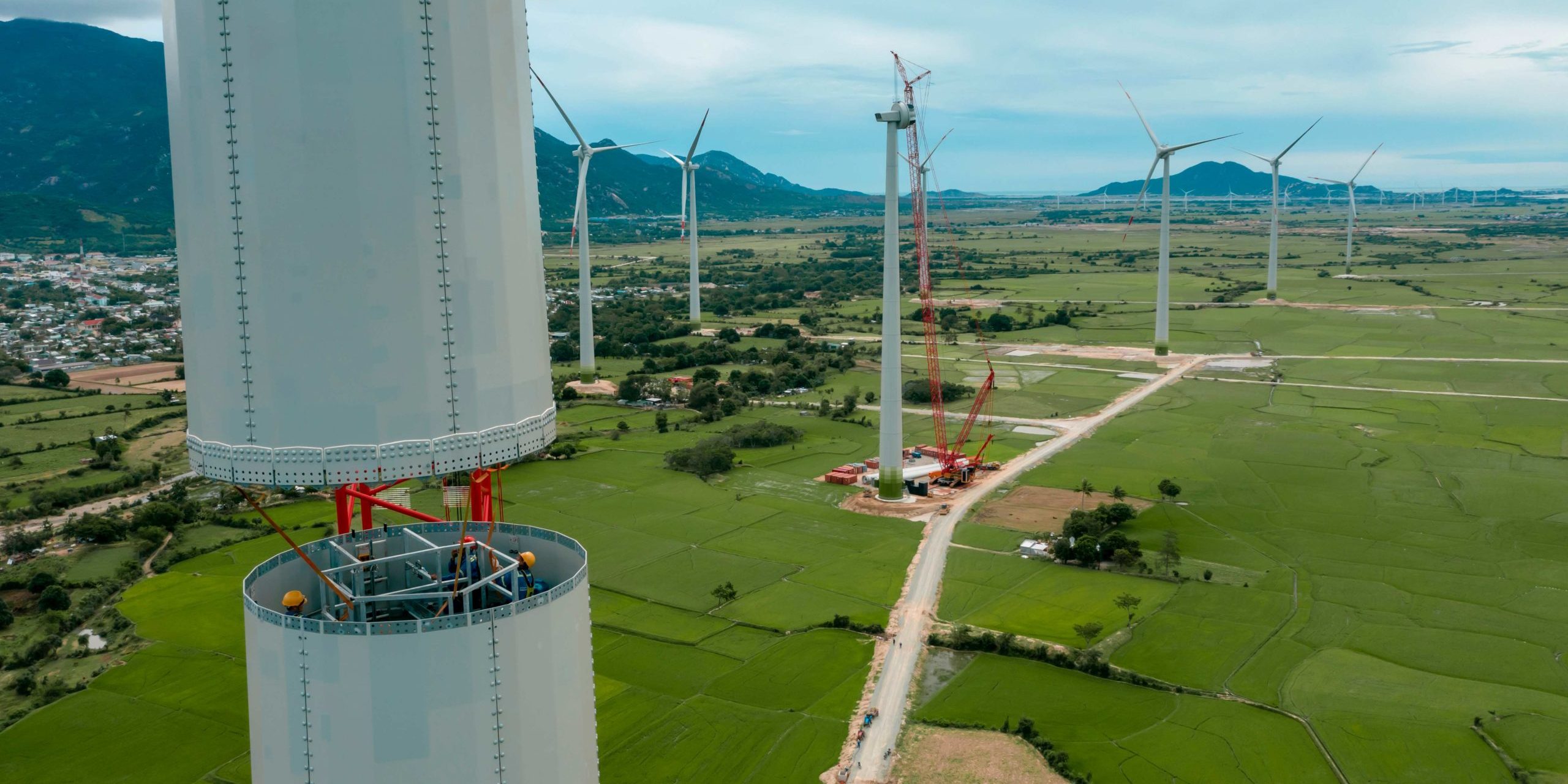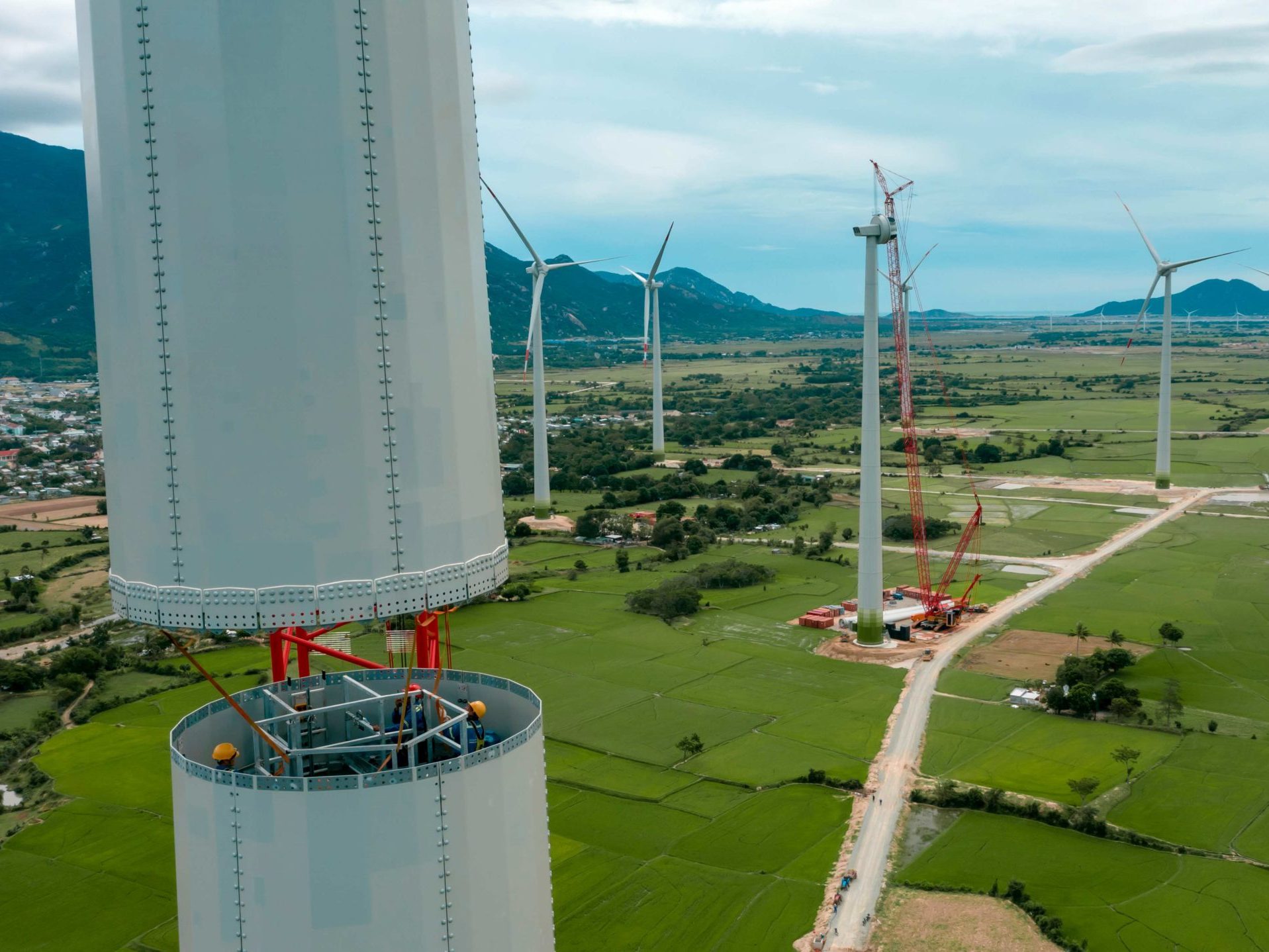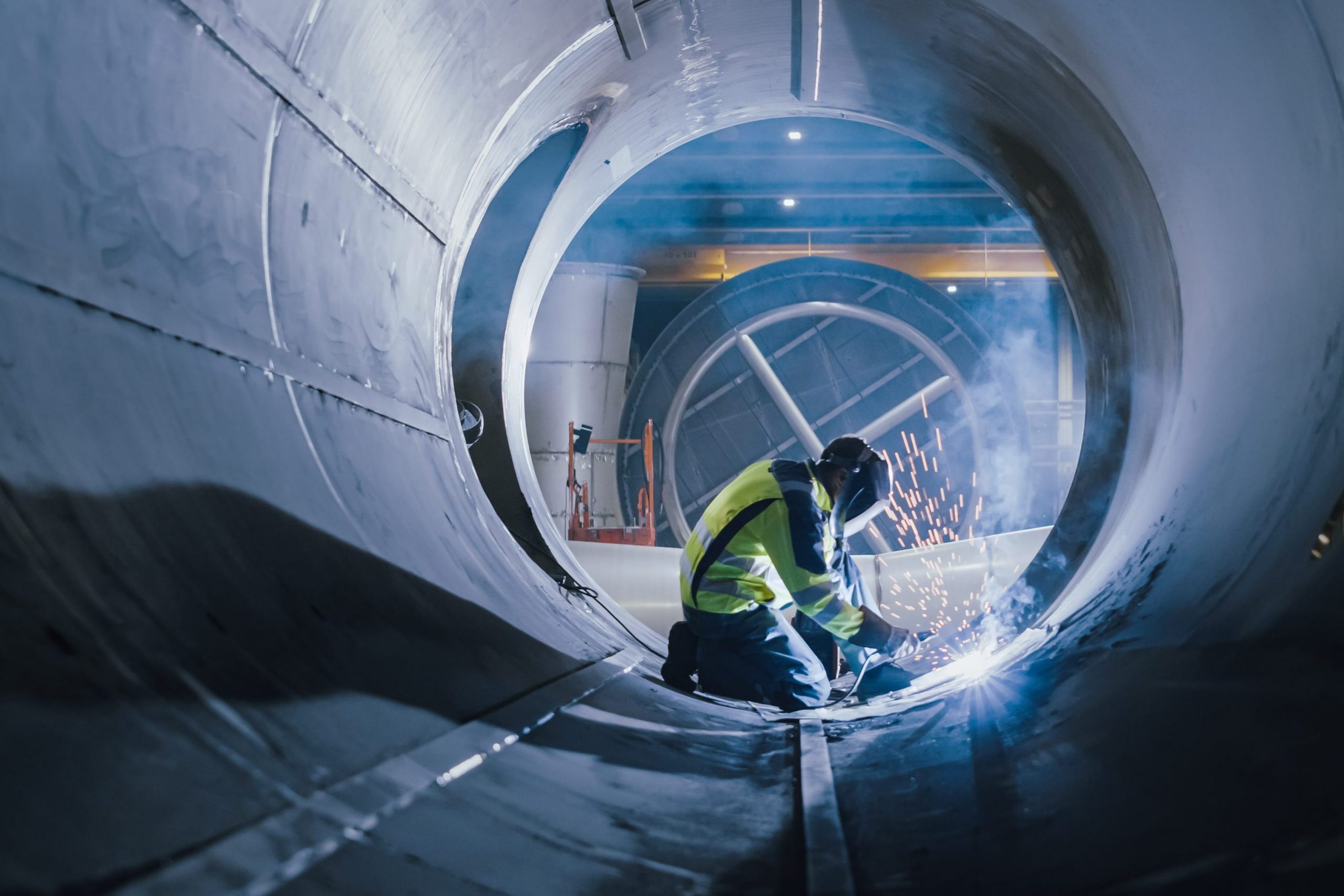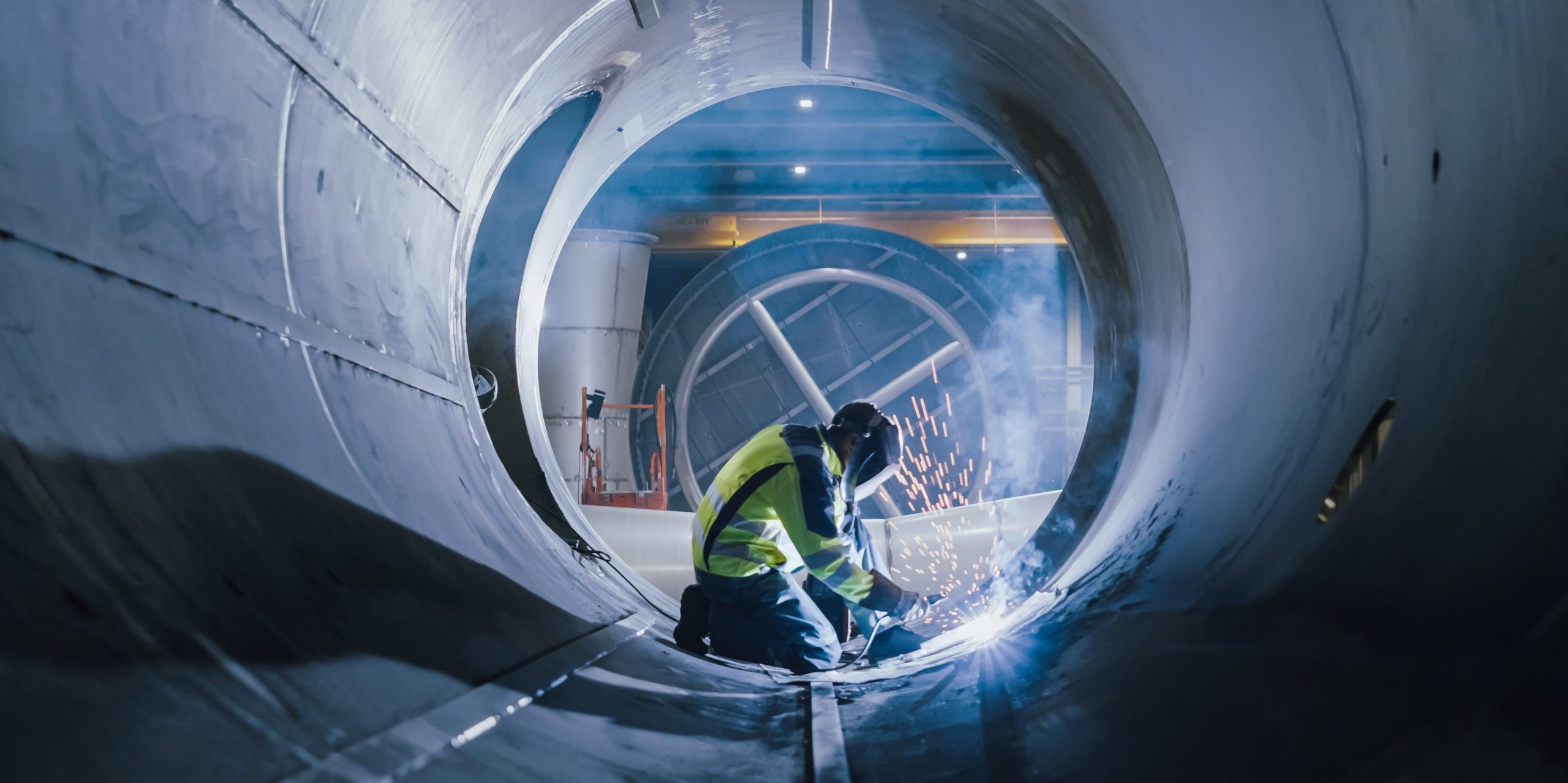Labour Forecasting Tool Overview
Welcome to the Labour Forecasting Tool (LFT) – a resource for exploring workforce trends.
This informative resource is designed to provide insights into workforce numbers across regions and sectors up to 2035.
The tool (at the bottom of this page) offers a glimpse into workforce dynamics and potential future demand.
The LFT has been developed by the ECITB and Whole Life Consultants with the support of an industry technical reference group comprising key industry stakeholders.
As we move forward, your feedback and additional data through our ongoing work will contribute to its refinement and further utility in addressing workforce planning challenges within the sector.
Sectors covered by the LFT
Including the size of the ECI workforce in each sector in 2025 and the predicted increase or decrease by 2030 (based on the updated LFT data in May 2025).
Chemicals
2025: 5,518 > 2030: 5,833
Oil & gas
2025: 34,430 > 2030: 32,000
Food and drink processing
2025: 1,814 > 2030: 1,858
Water treatment
2025: 2,915 > 2030: 4,319
Conventional power generation
2025: 1,744 > 2030: 1,876
Nuclear
2025: 35,904 > 2030: 46,212
Renewables
2025: 4,893 > 2030: 5,867
Offshore wind
2025: 18,991 > 2030: 28,145
Carbon capture
2025: 1,538 > 2030: 3,757
Hydrogen
2025: 1,536 > 2030: 4,529
Pharmaceutical
2025: 817 > 2030: 815
Offshore wind has been considered separately from the renewables category due to the size of the sector and to reflect the fact that the underlying data for the former is gathered from a different mix of internal and external sources.
Key insights from the Labour Forecasting Tool based on current forecasts
The LFT contains forecast demand data by region, sector and occupational group.
The geographic data is based on the location of the project installation, rather than the location of the entire workforce. Therefore, the demand in a specific region does not necessarily imply that all the demand will occur in the region.
For example, 1,000 workers may be needed for a project in Wales, but part of the office-based workforce may be employed elsewhere. In this case, the LFT links the 1,000 workers to Wales.
- Demand within the engineering construction industry could peak in 2030.
- Around 40,000 additional workers could be needed on top of the existing supply of 114,000, taking into account retirements.
- This could represent a 19% increase in demand between 2025 and 2030.
- Should labour demand be met each year, 2026 will be a pivotal year, with nearly 4,400 additional workers potentially needed to meet demand.
- Subject to final investment decisions (FIDs) and legal support, 23% of these workers could be required to work on carbon capture projects.
- Failure to meet demand in 2026 could lead to delays and could shift the pressure to subsequent years. This could ultimately push the peak back, which in turn would have an impact on the delivery of projects which underpin the UK’s net zero commitments.
Analyse the Labour Forecasting Tool
Review the labour demand, gap analysis, data on occupations and select different scenarios by clicking the links below:
Get in touch
For more information on the tool and for enquiries regarding more specific analyses, please get in touch with the ECITB research team.
We are also keen to get your feedback on the Labour Forecasting Tool.
If you are happy for us to contact you to get your views on the tool or to provide updates on future development please email:
Sign up for updates
Your information will be used to subscribe you to our e-newsletter.
For more information, please see our Privacy Notice.






